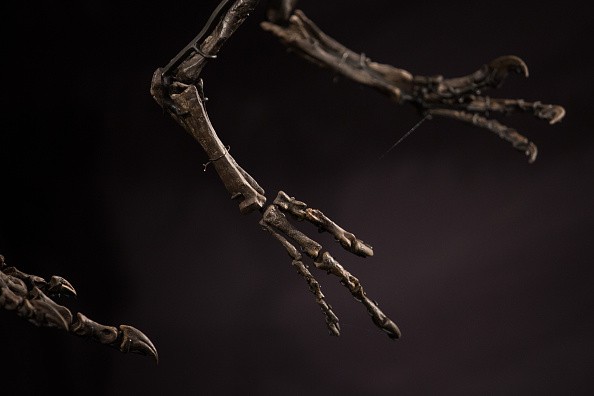A major apocalypse took place nearly 250 million years ago, leading to mass extinction of a number of species of organisms, including dinosaurs. It is estimated that more than 96 percent of the marine species were lost because of conditions that existed around that time, including rising sea levels, climate change and volcanic eruptions.
For a lot of years, researchers have been thinking that the species that emerged after the apocalypse evolved slowly. However, a fossil discovered recently tells a different tale altogether.
The study of a newly-classified fossil, "Sclerocormus parviceps," an early relative of ichthyosaurs, has revealed that it does not even closely resemble the marine reptiles that inhabited the water at the time of dinosaurs.
The specimen, in fact, suggests that life after the apocalypse eveolved much quickly than previously expected. The details published in the journal Scientific Reports give idea about the evolutionary pathway that has left researchers awestruck and curious at the same time. Marine reptile fossil studied by the researchers was recovered from Majiashan Quarry, Chaohu, Anhui Province in China.
Icthyosaurs were prominent in the Crustaceous and Jurassic period. Most of these creatures has long snouts and streamlined bodies with a shape that resembled dolphins, the fossil was found to have a relatively short snout, thick rib cage and a relatively long body. In addition, icthyosaurs had prominent teeth for catching prey, while Sclerocormus was discovered to have no teeth and probably sucked up food, the BBC has learned.
"Sclerocormus tells us that ichthyosauriforms evolved and diversified rapidly at the end of the Lower Triassic period," researcher Olivier Rieppel said, according to EurekAlert. "We don't have many marine reptile fossils from this period, so this specimen is important because it suggests that there's diversity that hasn't been uncovered yet."
According to the researchers, the study of the fossil reveals how evolution actually takes place. Contrary to Darwin's evolutionary theory suggesting gradual changes take place over a shorter period of time, the study of the fossil reveals how heaps of changes might have affected the fossil over a relatively shorted period of time. That is, evolution took place quite quickly.
The following video examines the evidence of evolution:



























